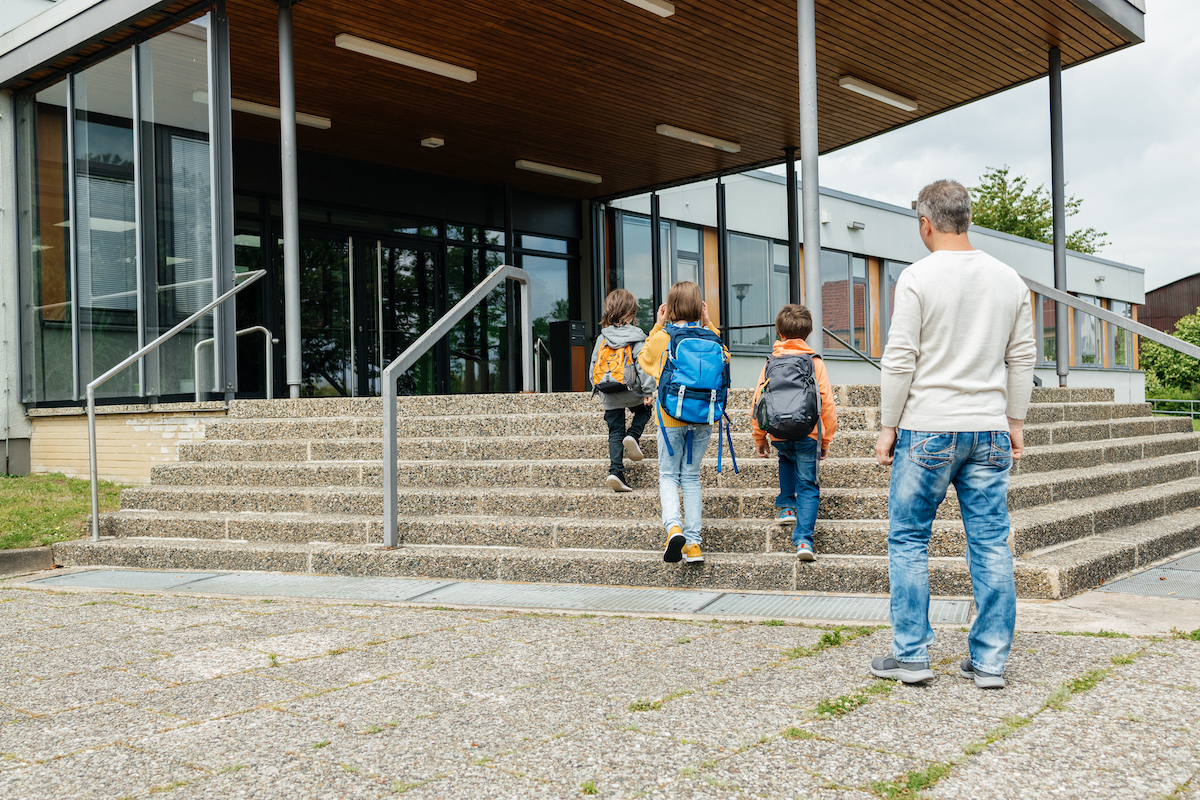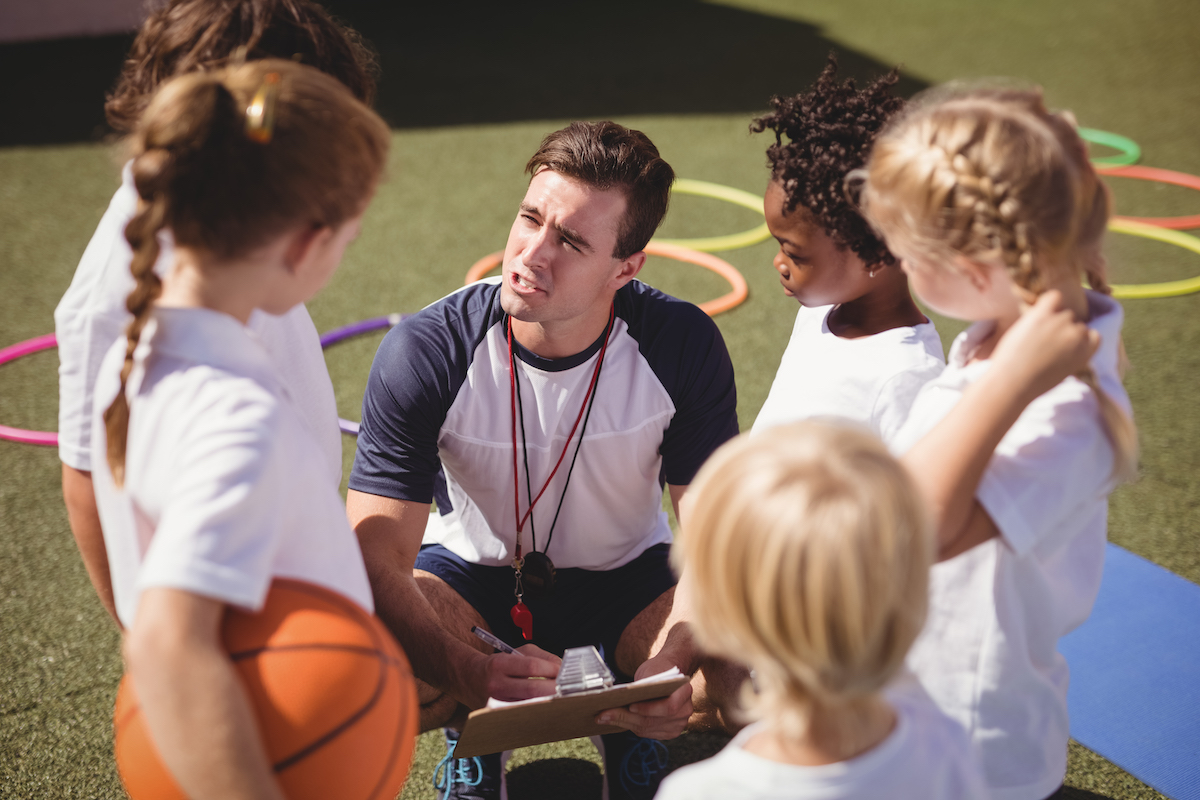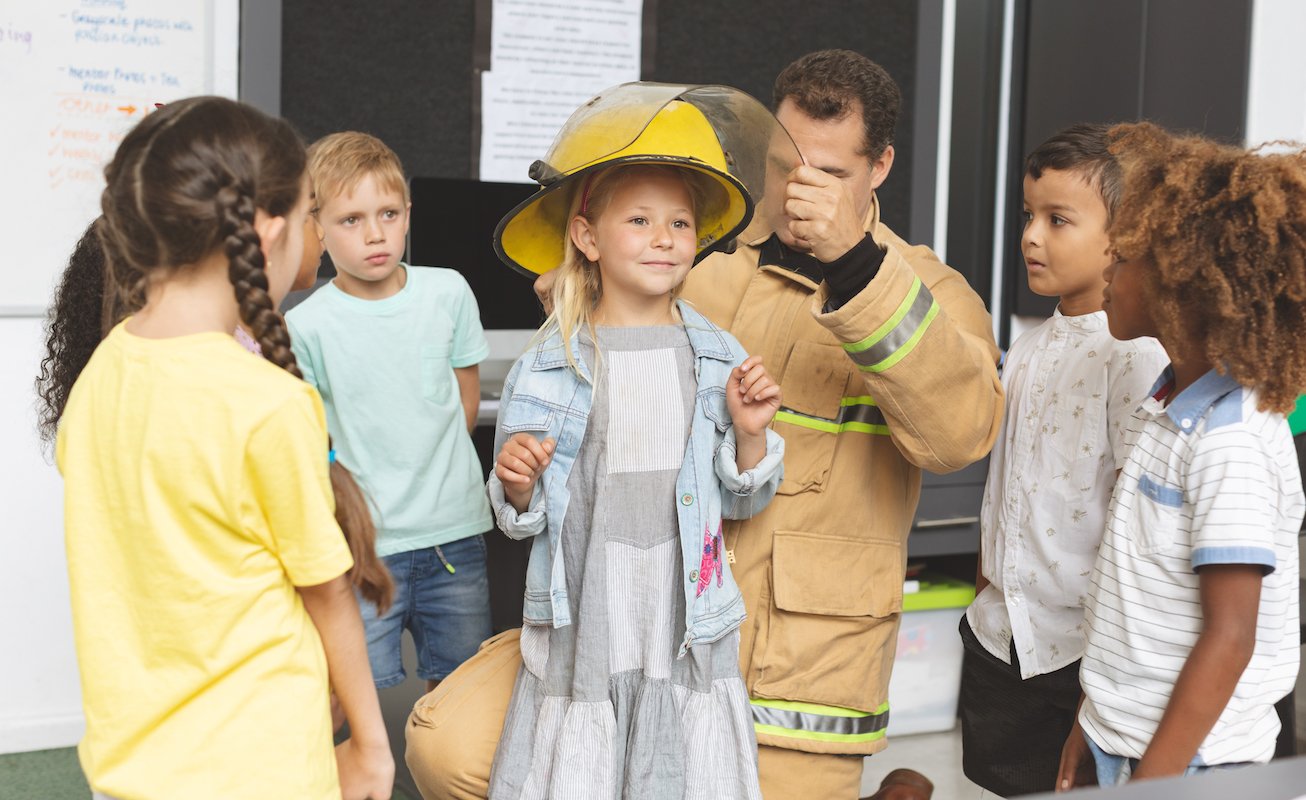In last week’s blog, we discussed when a parent should report incidents of concern and why they should be more involved with the safety of their children at school. This week, I want to explore more concepts about school safety and our parents.
We have spoken about the relationship between our schools and our communities. However, we are still talking about them as though they are two separate and independent entities. That could not be further from the truth. They are so intertwined that I would argue that one could not exist without the other. When something happens at the school, it impacts the community. When something impacts the community, it impacts the schools. This relationship holds true both in the negative and positive. You can not separate the two. To further connect school safety to our parents, we have to acknowledge many of our parents are teachers and vice versa. Once we understand this relationship, we can use it to capitalize on our safety efforts; this is a force multiplier.
So, how do we capitalize on the combined power of our community? The answer is simple: communicate and create a relationship that involves safety and your parents. As you would suspect, this will take planning and effort to pull off. Creating an open line of communication with parents starts at the highest level of the district administration. We have previously talked about school leadership and how much leadership matters. A significant role of the district’s leadership is creating and maintaining partnerships with their “customers,” the parents and children. Mandating schools to actively seek input from parents regarding the safety of their children, something that is mutually beneficial, will go a long way to creating and improving those relationships. Here are a few ways to enhance parent involvement in the safety process:
- Invite parents to participate on the school safety committee.
- Have regularly scheduled parent-school safety meetings and let them know what is going on and how they can help, ask questions, and address concerns.
- Inform parents when their schools are going to conduct a safety drill. Let them know the focus of the drills and have them discuss these with their children before and after the drills.
- Educate the parents on what to do and what to expect should there be an emergency at this child’s school.
- Tell the parents where to get the best information available during an emergency.
- Also, advise parents what NOT to do during an emergency.
- If appropriate, have parents participate in some of the drills and exercises, especially those involving the reunification process.
- Provide parents with the ability to report concerns to their school’s administration.
- Educate your teachers and other staff members on communicating with parents regarding school safety.
- Educate your entire staff on communicating during an emergency with all external people.
- Etc.
If we create a true partnership between the schools and the parents, we also need to help them understand what they can do proactively to further the safety culture within their schools and the district. Remember that many parents are also teachers, and many teachers are parents; they should not be mutually exclusive of one another. Here are some ideas that may help you help them:
- Bring them into the safety discussion and encourage them to participate in the safety process.
- Communicate with them regularly regarding what is going on in the classroom regarding safety, what discussions about school safety are occurring, what drills are planned, any events or incidents that may have occurred, etc.
- Let the parents know how to talk about school safety with their children.
- I will stop listing any additional ideas here. As you can see, they are very similar to the ideas listed above for your staff. This requires expanding your audience and proactively communicating with your families and community.
We have spoken many times about the difficulties educators have regarding school safety: not enough time, they are not the experts, it is too difficult, they aren’t paying me for that, it is too expensive, I don’t want to download that on my phone because the school isn’t paying for my phone, etc. I will never quite understand any of these responses. These are your children, sometimes figuratively and other times literally. If you are a parent and a teacher, is this the type of response you want to receive when you ask who is taking care of your child while they are at school?












No Comments Yet
Let us know what you think